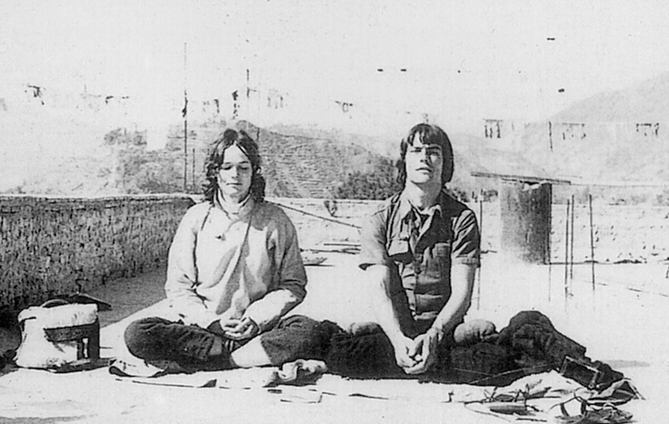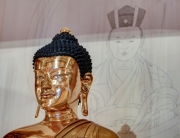Kunzig Shamar Rinpoche
The purpose of meditation is to realize the true nature of mind, the achievement of Buddhahood. Mind is the basis for both our present experience of conditioned existence and enlightenment. Enlightenment is realizing mind’s true nature, whereas ordinary life is being unaware of this nature.
How should we understand everything to be an appearance of mind? Presently we experience confused states of mind which result in disturbing emotions such as anger, attachment, stupidity, jealousy and pride. The true nature of mind is unaffected by disturbing emotions. When we experience disturbing emotions, we tend to act them out. These actions create imprints in our mind, like habits or tendencies to experience the world in a particular way. When such a tendency later is activated, it creates the appearance of an illusory world.
Even a tiny imprint in the mind can create a lifetime of illusion. The world we experience now is based on such imprints created by former actions. This is how mind perpetuates illusion. There is no limit to how many imprints can be stored in our mind, each of which will continue to create illusion. Conditioned existence, or the world as we experience it now, is therefore without beginning or end. In this way everything we experience is a product of our own mind.
The point of meditation is to provide skillful means for removing this illusion. When we can eliminate ignorance in one moment, then naturally all of the endless imprints of karma will fall away by themselves.
Different Buddhist lineages emphasize different kinds of meditation. In the Kagyu tradition it is Mahamudra. In the Nyingmapa tradition the main practice is Maha Ati (Tibetan: Dzogchen). In the Gelugpa and Sakyapa traditions the practice of yidam (deity) visualization involves a completion phase of dissolving the wisdom aspect of the yidam into oneself. This is a style of insight meditation, similar to Mahamudra. In the Theravada tradition, the first practice is to rest the mind on the breathing or on a statue of the Buddha, after which is the main practice of contemplation on egolessness.
All of these different kinds of meditation can be summarized into two general categories. The first is resting meditation. In Sanskrit this is called shamatha (Tibetan: shinay). The second is insight meditation, or in Sanskrit, vipashyana (Tibetan: lhagthong). So all Buddhist meditation practices can be grouped into resting and insight, or shamatha and vipashyana. What follows is the general presentation of shamatha and vipashyana, which are explained in seven points.







